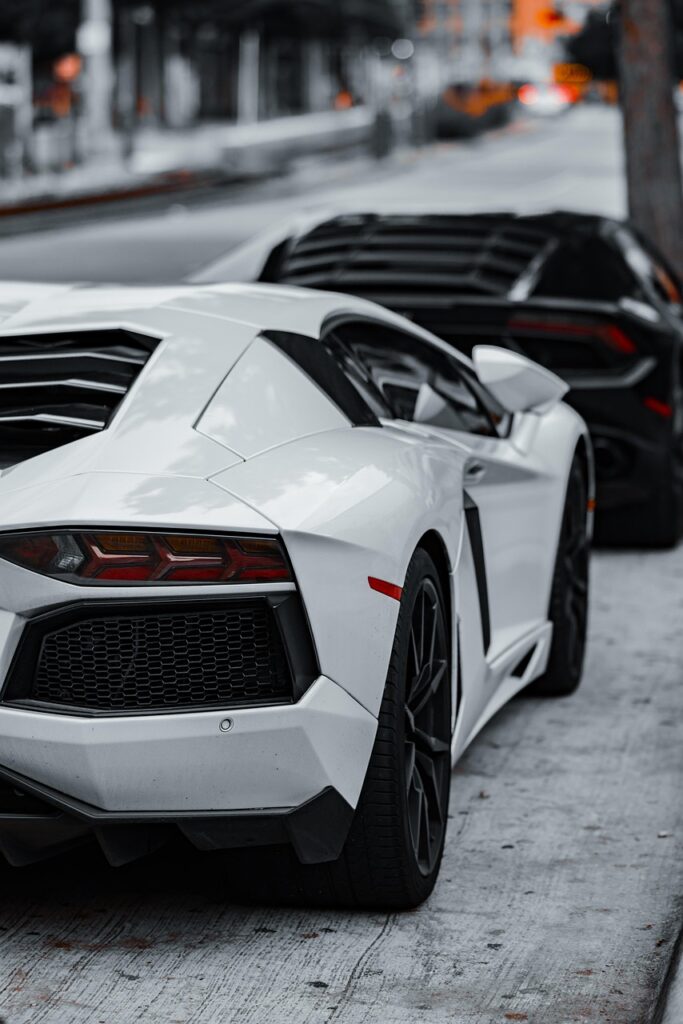
In the world of vehicles, whether it’s a rugged pickup or a sleek sports car, personalization holds immense appeal. Owners invest countless hours and resources into making their ride a true reflection of their personality and needs. We all swear we’ll keep our cherished truck or car forever, but life, with its new jobs, family priorities, or tempting trade-in offers, often has other plans. When that moment comes to sell, the modifications we’ve lovingly bolted on suddenly face a different kind of scrutiny: the cold, hard reality of resale value.
Resale value isn’t a measure of your affection for your vehicle; it’s a clear snapshot of how confident the next owner feels about its condition and future reliability. Smart upgrades, those that subtly enhance performance, maintain a factory-friendly look, and come from trusted brands, can indeed make your vehicle a hot commodity. They signal quality and care. However, the wrong modifications, especially those that scream “project car” or deviate too far from the manufacturer’s original design, often leave potential buyers tallying up future repair and reversal costs before even thinking about an offer.
As seasoned enthusiasts and practical vehicle owners, we understand the desire to customize. Yet, wisdom dictates a balance between today’s excitement and tomorrow’s trade-in reality. The goal is to empower you with the knowledge to upgrade smart, enjoy the drive, and ensure your ride commands the price it deserves when it’s time to move on. In this in-depth guide, we’ll dive into 15 specific DIY upgrades that, while perhaps appealing to you, commonly detract from your truck’s market appeal and can significantly destroy its value. Let’s explore these common pitfalls so you can make informed decisions and be the smart seller.
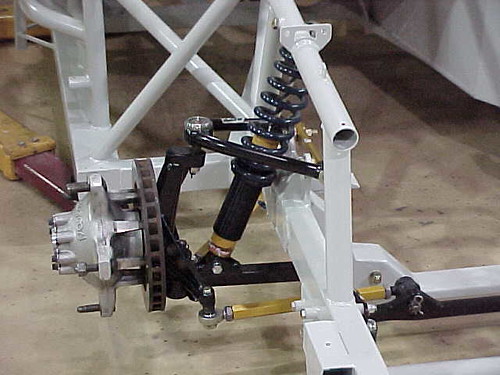
1. **Lifting or Lowering the Vehicle**Modifying a truck’s suspension, whether by lifting it sky-high or slamming it to the ground, is a popular way to alter its stance and perceived capabilities. However, these changes come with a host of practical drawbacks that can significantly deter potential buyers and, in turn, lower your vehicle’s resale value. For lowered vehicles, the ride quality often suffers, becoming harsher and less forgiving on typical roads. This modification also dramatically increases the wear on tires and various suspension components, leading to higher maintenance costs down the line.
Furthermore, a slammed truck faces constant challenges with everyday obstacles like speed bumps, steep driveways, or even moderately uneven terrain, risking damage to the undercarriage. Conversely, lifting a truck, particularly beyond a mild adjustment, introduces its own set of issues. Lifted suspensions can lead to increased fuel consumption due to altered aerodynamics and added weight, poor handling characteristics, and premature wear on critical drivetrain components such as U-joints and CV axles. Both extremes deviate significantly from the manufacturer’s intended design, making them less appealing to buyers who prioritize factory-standard reliability, safety, and a predictable driving experience. Jacking up a truck’s suspension puts undue stress on driveline components and can even rob the vehicle of horsepower, further impacting its long-term health and desirability.
Read more about: Decoding Grocery Inflation: CEOs Reveal Which Items Are Surging and Why Consumers Face Enduring High Costs
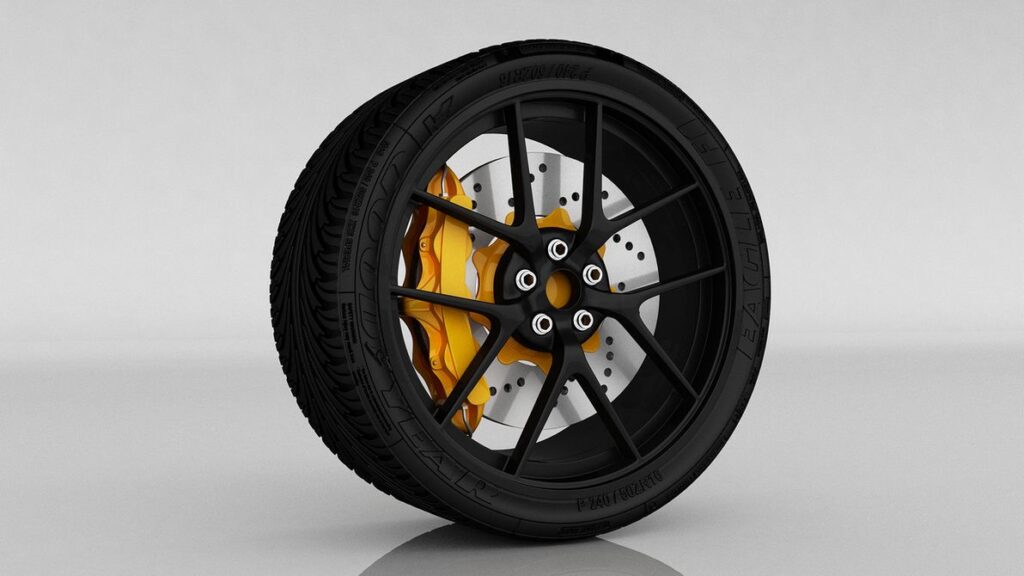
2. **Custom Rims**Custom rims are a classic modification, often seen as a quick way to enhance a vehicle’s aesthetics. While high-quality, branded forged wheels paired with performance tires can subtly boost value by reducing unsprung weight and improving handling, many owners make choices that do the opposite. The risk often outweighs the benefits, especially when it comes to oversized, no-name, or excessively aggressive wheels that extend far beyond the fender wells – a look often referred to as “poke.” These types of rims frequently signal a lack of attention to engineering and can hint at cut corners in other areas of the vehicle’s maintenance or modifications.
Inserting giant rims not originally intended for the vehicle’s size drastically shifts its center of balance and gravity, which can throw off its entire performance envelope. This misalignment can negatively affect steering, braking, and overall stability, making the truck less predictable and potentially unsafe. Beyond performance, oversized or poorly matched wheels can accelerate tire failure by causing uneven wear patterns or putting undue stress on the tire compound, leading to premature replacement. For the average buyer, these issues translate into immediate concerns about handling, safety, and unexpected expenses, diminishing the perceived value rather than enhancing it.
Read more about: Richard Rawlings Reboots: Unpacking the Automotive Icon’s Past, Present, and Future as He Clears the Decks
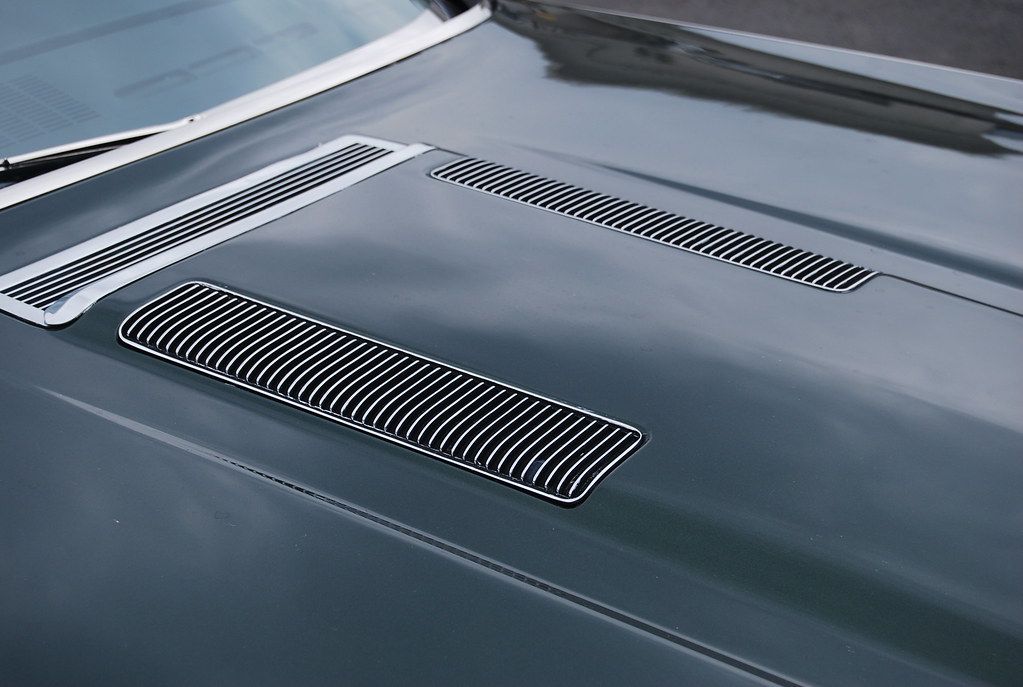
3. **Hood Vents**Hood vents are another modification that divides opinion. While some performance enthusiasts appreciate the aggressive aesthetic or the (often perceived) performance benefits of improved engine bay cooling, they are not universally appealing. Many buyers prefer the clean, original look of a stock vehicle, and an aftermarket hood vent can immediately narrow the potential buyer pool to those with very specific tastes. This subjective appeal is a primary reason why hood vents can lower a truck’s value.
Beyond aesthetics, improper installation of hood vents poses significant practical risks. If not sealed correctly or designed poorly, these openings can allow water, dirt, and other debris to reach critical engine, mechanical, or electrical components. Such ingress can lead to severe and expensive harm to the vehicle’s heart, compromising its reliability and requiring costly repairs. Furthermore, modifications of this nature, especially if not professionally installed or if they deviate from the manufacturer’s specifications, may void the original manufacturer’s warranty. This not only adds to a buyer’s apprehension about future repair costs but also directly lowers the vehicle’s marketability and overall resale value by removing a crucial layer of factory-backed assurance.
Read more about: Who’s to Blame? The Impossible Ethical Dilemmas of Self-Driving Cars
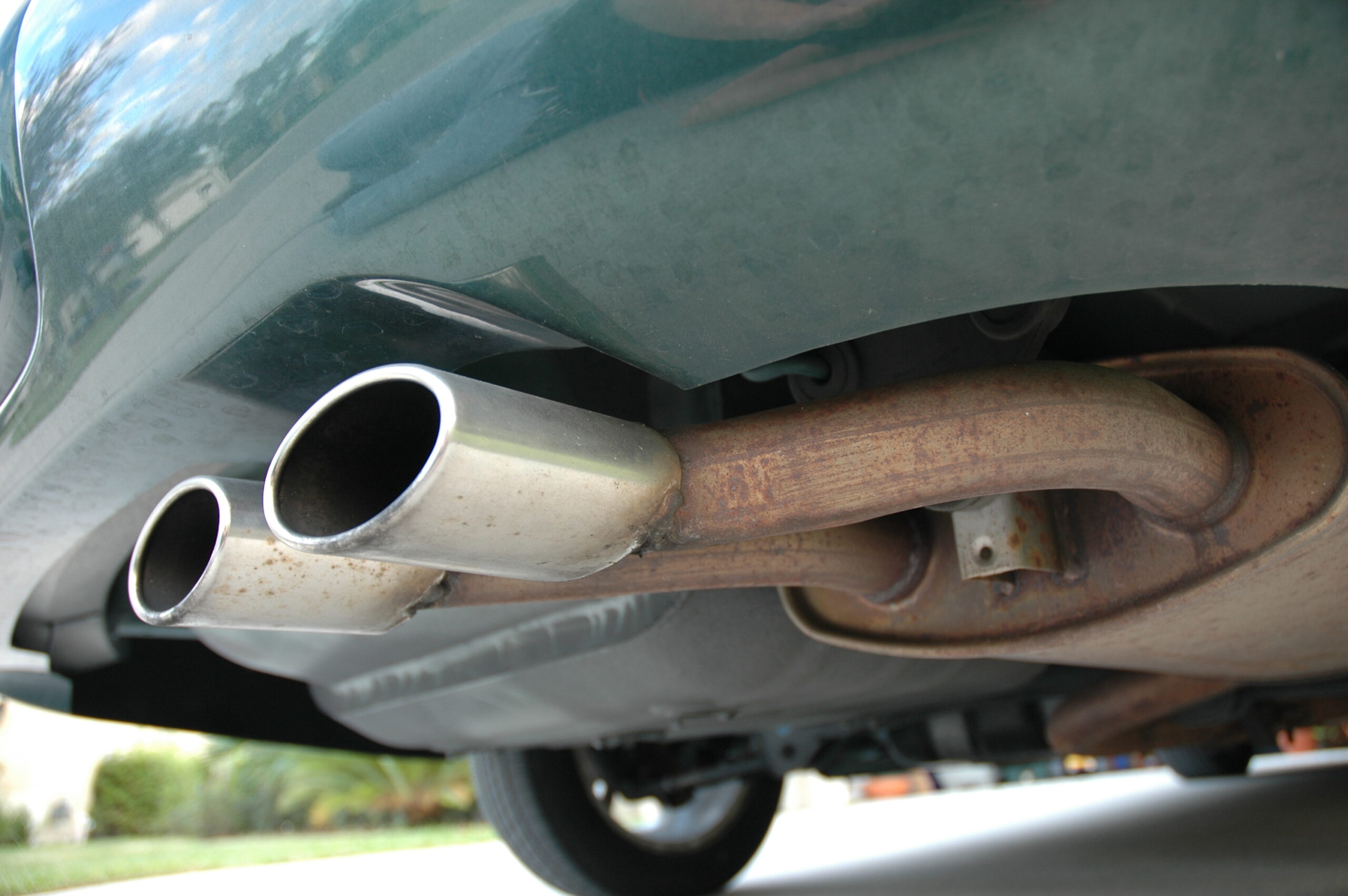
4. **An Aftermarket Exhaust**The roar of a custom aftermarket exhaust system is undeniably appealing to many automotive enthusiasts, signaling power and performance. However, what sounds fantastic at a car meet can quickly become a significant detractor during a test drive or over the long term, severely impacting a vehicle’s resale value. Poorly designed or incorrectly installed aftermarket exhausts are not just a matter of taste; they can genuinely damage your vehicle.
Unlike factory-engineered systems, many aftermarket exhausts are not designed to OEM (Original Equipment Manufacturer) specifications. This can lead to incorrect exhaust backpressure, which is crucial for an engine’s optimal operation. Improper backpressure can strain the engine, leading to premature wear, or cause excessive heat buildup within the engine bay, risking damage to surrounding components. Moreover, installing a new exhaust system often necessitates remapping the car’s Engine Control Unit (ECU) to ensure the air-fuel ratios and other engine parameters align with the new exhaust flow characteristics. A misaligned tune can lead to air-fuel ratio imbalances, reduced fuel efficiency, and compromised engine longevity. A significant concern for many buyers, especially in states with strict environmental regulations, is that the installation of some aftermarket exhausts involves replacing or removing the catalytic converter. This not only causes your car to produce increased emissions, leading to potential fines and inspection failures, but also leaves buyers worried about legal compliance and future expenses.
Read more about: 10 Dirt-Cheap Classic American Cars That Turn Heads Everywhere They Go for Under $10,000

5. **Custom Interiors**Personalizing a vehicle’s interior can create a unique and comfortable space, but when it comes to resale, custom interiors often present a significant challenge. Modifications such as bespoke headliners, dashboards, or upholstery that drastically depart from the original factory look are highly subjective and may not align with everyone’s aesthetic preferences. Features that are unusual, extravagant color schemes, or materials that deviate sharply from the manufacturer’s standard can easily turn off a broad spectrum of potential buyers, making the vehicle considerably harder to sell.
For most buyers, a clean, well-maintained, and relatively stock interior signals a vehicle that has been cared for and is free from the eccentricities of a previous owner. Custom work, particularly if poorly installed or of questionable quality, can raise concerns about safety, durability, and the overall integrity of the vehicle’s cabin. Buyers might worry about the long-term wear of non-OEM materials, potential squeaks and rattles from ill-fitting components, or even the possibility of hazardous materials being used. The cost and effort to return a highly customized interior to a more neutral, factory-like condition can be substantial, and potential buyers will factor these anticipated expenses into their offers, inevitably driving down the resale price.
Read more about: Beyond the Chrome: 10 Ingenious Classic Car Features We Desperately Need Back
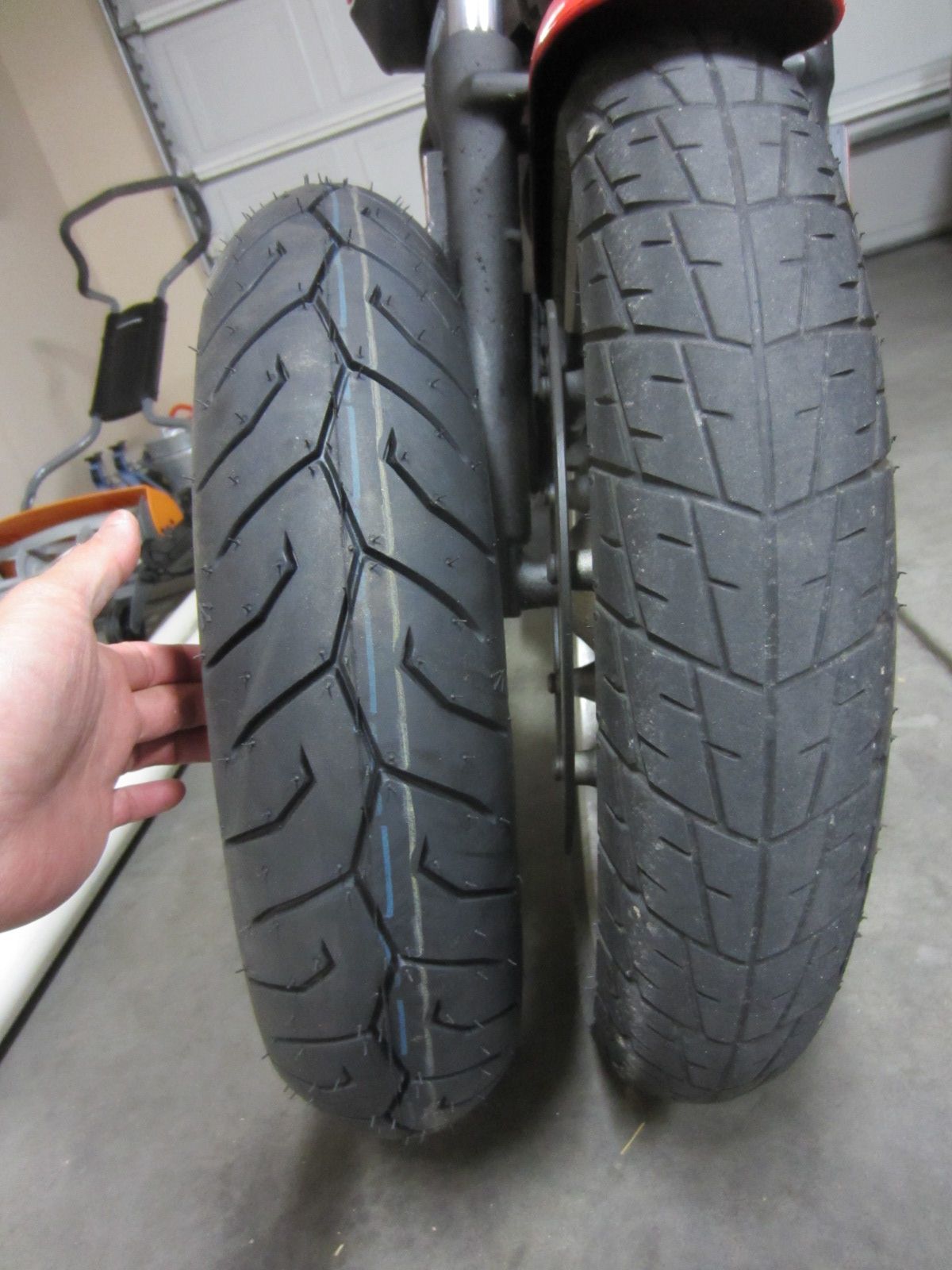
6. **Stretched Tires**Stretched tires, where a narrower tire is mounted on a wider rim, are a popular aesthetic choice among some automotive enthusiasts seeking an aggressive or “stance” look. While this style is favored for its visual appeal, it comes at a severe cost to safety and functionality, making it a significant red flag for most potential buyers and severely compromising resale value. The fundamental issue is that stretching a tire beyond its intended rim width distorts its sidewall, placing undue stress on the tire’s structure and reducing the contact patch with the road.
This modification significantly compromises the tire’s ability to perform as designed. Stretched tires often lead to uneven wear patterns, drastically reduced grip, and a heightened risk of blowouts, especially when encountering road hazards or during spirited driving. They simply cannot cope with the everyday stress and demands that standard road tires are engineered to handle. The extreme vulnerability means that a single pothole, a common occurrence on many roads, could easily cause a catastrophic blowout, potentially ruining the rim, the tire, and even part of the vehicle’s suspension or bodywork. For buyers prioritizing safety, reliability, and practical daily use, stretched tires are an immediate deal-breaker, signaling a vehicle that has been modified without regard for engineering integrity.
Read more about: The Strategic Art of Malicious Compliance: How Employees Turn the Tables on Out-of-Touch Management
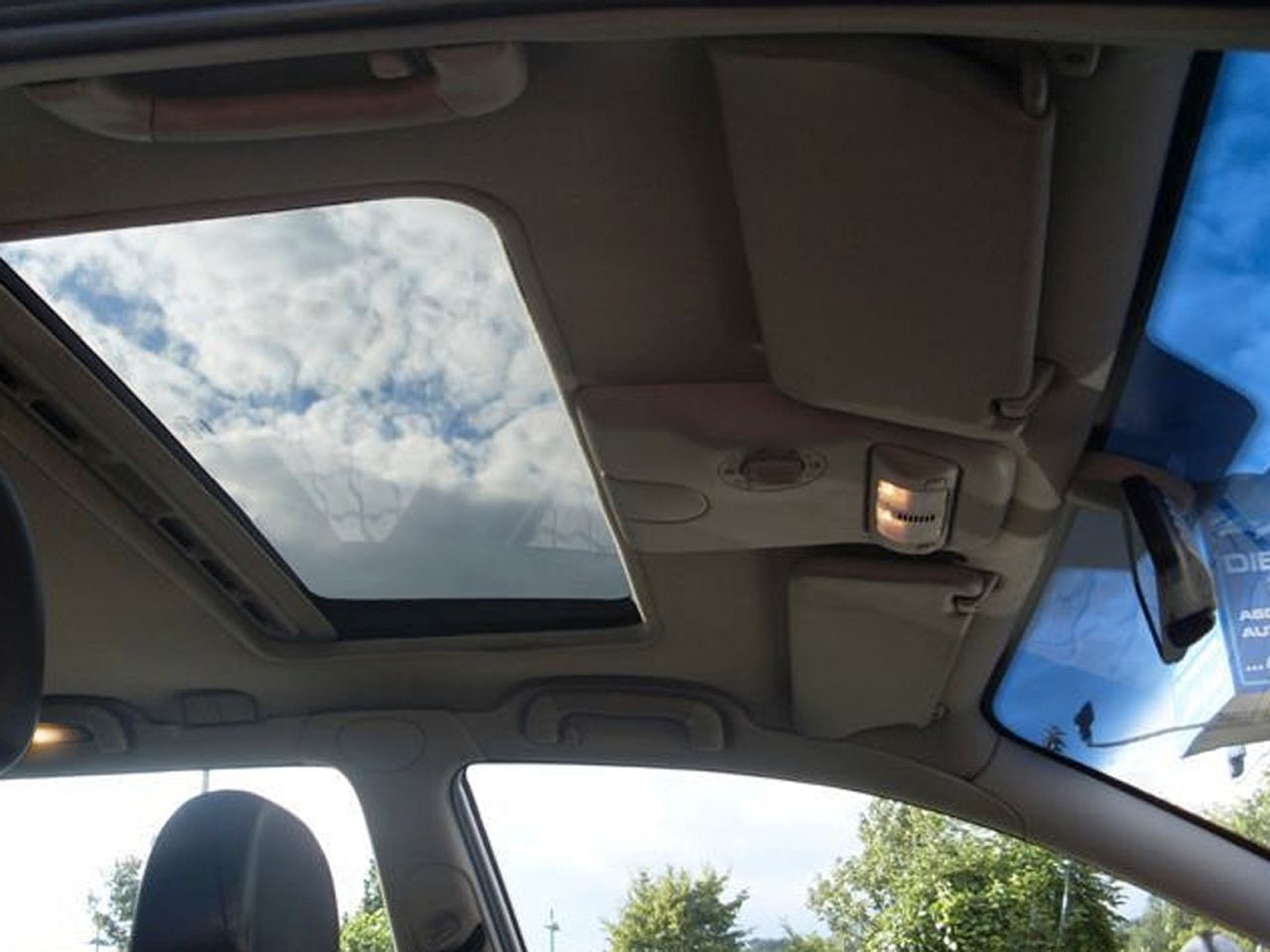
7. **Adding a Sunroof**Adding an aftermarket sunroof might seem like a desirable upgrade for many, offering open-air enjoyment and a touch of luxury. However, beneath the surface, the process of installing a sunroof on a vehicle not originally equipped with one from the factory is far more complex and risky than it appears, often leading to significant compromises in safety, structural integrity, and long-term reliability. A proper sunroof installation necessitates cutting a large hole into the vehicle’s roof, which is a critical structural component. For engineers to reinforce the area around this new opening to maintain structural rigidity, extensive and precise work is required.
This kind of modification can compromise the vehicle’s original crumple zones, which are meticulously designed by manufacturers to absorb and distribute impact forces during a collision, thereby protecting occupants. An altered crumple zone can drastically reduce the car’s efficiency in safeguarding passengers in an accident. Furthermore, achieving a perfect, leak-proof seal with an aftermarket sunroof is notoriously difficult. Over time, or with exposure to varying weather conditions, the sunroof might leak, leading to water damage in the interior, electrical problems, and the growth of mold or mildew. Given these substantial safety concerns, potential for leaks, and the inherent structural modifications, most informed buyers will actively steer clear of vehicles with aftermarket sunroofs, preferring factory-installed options for their guaranteed integrity and engineering. This makes adding a sunroof a costly decision that significantly diminishes resale appeal.
Navigating the world of truck modifications requires a sharp eye for both immediate satisfaction and long-term value. While the first seven upgrades we discussed often create more problems than they solve for resale, there are still more pitfalls to be aware of. Continuing our journey through common DIY choices that can surprisingly diminish your truck’s market appeal, we focus on functional compromises, maintenance implications, and the various reasons potential buyers might hesitate. Understanding these remaining eight modifications is key to ensuring your beloved truck retains its worth when it’s time for a new adventure.
Read more about: Future Fortunes on Four Wheels: 14 Classic Cars You Need to Buy Now Before Their Value Explodes

8. **Rear Wings**Rear wings are a modification often chosen to give a vehicle a sportier, more aggressive aesthetic. For many enthusiasts, the visual appeal alone is enough to justify the upgrade, mimicking the look of high-performance racing vehicles. However, it’s crucial to understand that not all vehicles are designed to benefit from a rear wing, and when this modification is not executed correctly or applied to the wrong type of vehicle, it can significantly detract from both performance and market value. The appeal is subjective, and the practical implications are often overlooked.
A rear wing’s primary engineering purpose is to generate downforce, which pushes the car’s rear firmly onto the road. This added pressure improves traction at high speeds, providing greater stability and control during spirited driving or on a race track. The critical caveat, though, is that downforce only becomes effective at higher speeds. For trucks or cars predominantly driven in city environments or at typical highway speeds, a rear wing is functionally pointless and can even be detrimental.
In fact, installing a rear wing on a vehicle that doesn’t genuinely need it – especially one that isn’t engineered for high-speed performance or consistent track use – will typically lead to an increase in aerodynamic drag. This added resistance works against the vehicle’s forward momentum, consequently reducing its speed capability and, perhaps more importantly for everyday drivers, its fuel economy. When buyers assess a modified truck, a superfluous rear wing signals a modification made purely for looks without practical benefit, often leading to concerns about efficiency and a lower valuation.
Read more about: Beyond the Chrome: 10 Ingenious Classic Car Features We Desperately Need Back
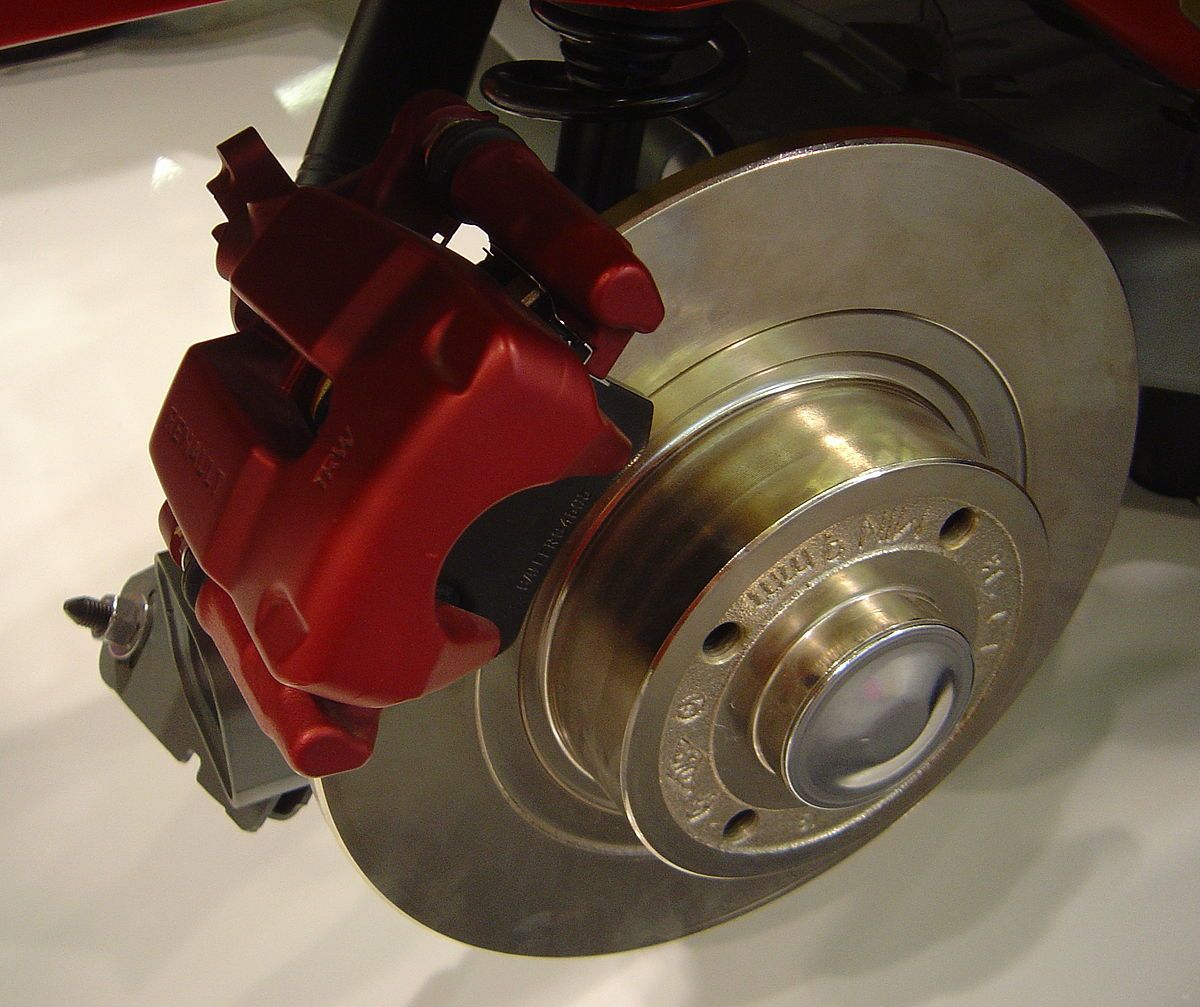
9. **Performance Brakes**The idea of upgrading to performance brakes might sound like a wise investment, promising enhanced stopping power and a greater sense of security. After all, who wouldn’t want their truck to stop more effectively? However, when viewed through the lens of resale value, this particular upgrade often presents a complex situation, one that can subtly, yet significantly, lower a vehicle’s appeal to a broad range of buyers who prioritize factory reliability and predictable maintenance.
While performance brakes themselves are engineered for demanding conditions, their increased gripping power and heat dissipation can inadvertently place greater stress on other, less robust components of the vehicle. Specifically, upgrading to more aggressive braking systems can accelerate wear on vital suspension parts and even the tires themselves. The harsher braking forces and altered heat dynamics can lead to premature degradation of bushings, ball joints, and tire compounds, necessitating earlier and more frequent replacements than a stock setup.
Potential buyers, particularly those looking for a reliable daily driver rather than a track-ready machine, tend to be wary of such modifications. They perceive enhanced wear on related components as a red flag, raising concerns about the truck’s overall condition, the diligence of its past maintenance, and the potential for higher running costs down the line. This increased apprehension translates directly into a reduced willingness to pay top dollar, making a truck with aftermarket performance brakes a harder sell for its full market potential.
Read more about: The Ultimate Gallery: 12 Automotive Icons That Define Pure Beauty and Engineering Artistry
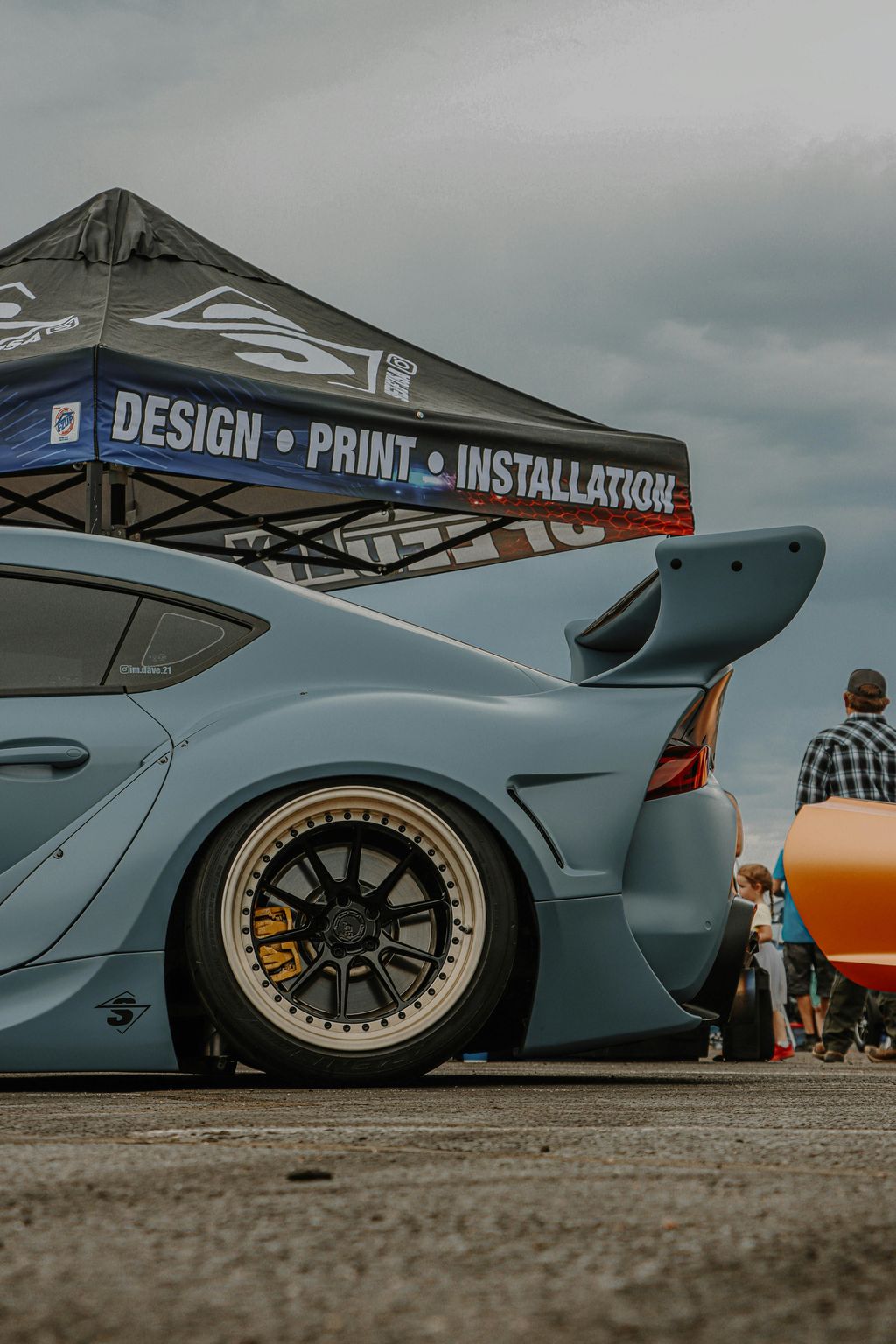
10. **Custom Body Kits**Custom body kits offer an undeniable appeal for truck owners looking to dramatically transform their vehicle’s exterior, often aiming for a more aggressive, aerodynamic, or unique appearance. When professionally designed and installed using premium materials, a body kit can indeed be a fantastic addition, potentially improving both aesthetics and genuine aerodynamics, especially in specialized markets. However, the vast majority of aftermarket body kits fall into a different category, and this is where the risk to resale value truly emerges.
The market is flooded with cheap, shoddy kits, often made from inferior materials and lacking the precise fit and finish of OEM (Original Equipment Manufacturer) components. These budget-friendly options, while tempting, rarely deliver on their promise of enhancement. Instead, they typically add unnecessary weight and wind resistance to the vehicle, which has tangible negative consequences for performance. A heavier, less aerodynamic truck will inevitably experience increased fuel consumption, reduced mileage capability, and a noticeable slowdown in acceleration.
Furthermore, these cheap knockoff kits are notorious for their poor fitment and often look exactly what they are: low-quality additions. Gaps, misalignments, and flimsy construction are immediately apparent to an discerning eye, signaling a lack of care and potentially hinting at cut corners in other areas of the vehicle. For a potential buyer, such visible compromises not only degrade the truck’s performance qualities but also significantly diminish its aesthetic appeal, leading to a devalued perception and a much harder time securing a fair sale price.
Read more about: The Unstoppable Rise: 13 ’90s Icons That Are Now Automotive Goldmines – A Deep Dive into Their Explosive Value

11. **Loud Sound Systems**For many truck owners, an upgraded sound system is a cornerstone of their personalization journey, transforming the cabin into a personal concert hall. The desire for crisp highs and booming bass is perfectly understandable, and a tasteful, professionally integrated audio upgrade can even be a neutral factor, or a slight positive, for some buyers. However, the line between an enjoyable audio enhancement and an excessive modification that actively detracts from value is often crossed with “loud sound systems.”
When we talk about loud sound systems that harm resale value, we’re typically referring to installations that are far beyond what most mainstream buyers would consider reasonable. This often includes enormous subwoofers that consume significant trunk or cabin space, multiple amplifiers, and custom enclosures that drastically alter the vehicle’s original interior layout. Such modifications immediately narrow the potential buyer pool to a very niche audience—those with the exact same, often extreme, audio preferences.
Beyond the subjective taste, these excessive audio setups can raise serious concerns for the average buyer. Many may perceive such an upgrade as a sign of disregard for the vehicle’s integrity, speculating that the previous owner frequently subjected the truck to intense vibrations and stress. There’s also a potential link to reckless driving in some buyers’ minds. Critically, these powerful systems place an immense strain on the vehicle’s electrical system, leading to worries about potential damage, short circuits, or premature failure of the battery, alternator, and wiring—all of which translate to anticipated repair costs and a lower offer.
Read more about: Revive Your Dream Ride: 14 Indispensable Insights for First-Time Classic Car Restorers

12. **Aftermarket Electronics**The allure of cutting-edge technology and custom lighting can lead many truck owners down the path of installing various aftermarket electronics. From vibrant neon lights that illuminate the undercarriage to large, non-OEM touchscreen infotainment systems and performance chips promising extra horsepower, these additions aim to enhance either aesthetics or functionality. Yet, while appealing to the current owner, these modifications frequently introduce a host of reliability issues that can gradually, but definitively, ruin a vehicle’s market value.
The core problem with many aftermarket electronics is the additional load they place on a truck’s finely balanced electrical system. Modern vehicles are engineered with precise tolerances for power consumption, and introducing numerous non-factory components can easily push this system beyond its intended capacity. This “extra load” can lead to a cascade of problems, ranging from inconvenient system overloads and frequent blown fuses to far more serious issues like short circuits that can damage critical wiring or even cause fires.
Moreover, the persistent strain on the electrical system disproportionately impacts the battery and alternator. These crucial components are forced to work harder to keep up with the increased power demands, leading to accelerated wear and tear and significantly shortening their lifespan. Buyers are acutely aware that replacing a battery or, more expensively, an alternator, is an unwelcome immediate cost. Thus, a truck laden with extensive aftermarket electronics becomes a liability in the eyes of most, signaling potential electrical gremlins and future expenses, thereby diminishing its appeal and resale price.
Read more about: 10 Collectible Classic Cars That Are Cheap & Easy To Maintain: Drive Your Dream Without Breaking the Bank

13. **Speed Holes**Speed holes are a modification that often stems from a desire to reduce a vehicle’s weight and, in theory, improve its acceleration and speed. This involves cutting strategic openings, typically into the front or rear bumpers, with the intention of allowing air to pass through unimpeded, thereby reducing drag and shedding a few pounds of plastic. The concept, in a very simplistic sense, might sound appealing to those looking for a performance edge, but in practice, it is almost universally a counterproductive and damaging idea.
The fundamental flaw in the “speed holes” logic is that the actual engineering of a vehicle’s aerodynamics and weight distribution is far more complex than simply cutting out pieces of plastic. In reality, components like the firewall and the engine itself significantly restrict airflow from the front bumper. This means any perceived aerodynamic benefit is largely negligible, and the weight savings achieved by removing a small amount of plastic material from the bumpers are so minimal they won’t amount to any discernible performance gain. It’s an effort that yields virtually no tangible return on investment.
More critically, cutting holes into the bumper—which is an integral part of a vehicle’s structural integrity—severely compromises its ability to protect both its occupants and itself during an impact. Bumpers are meticulously designed by manufacturers to absorb and dissipate crash forces, forming a crucial component of the vehicle’s safety cage and crumple zones. Altering this structure by cutting holes drastically reduces its efficiency in safeguarding passengers and the car in an accident, transforming what was intended as a performance upgrade into a serious safety liability that will immediately deter any informed buyer.
Read more about: Beyond the Chrome: 10 Ingenious Classic Car Features We Desperately Need Back
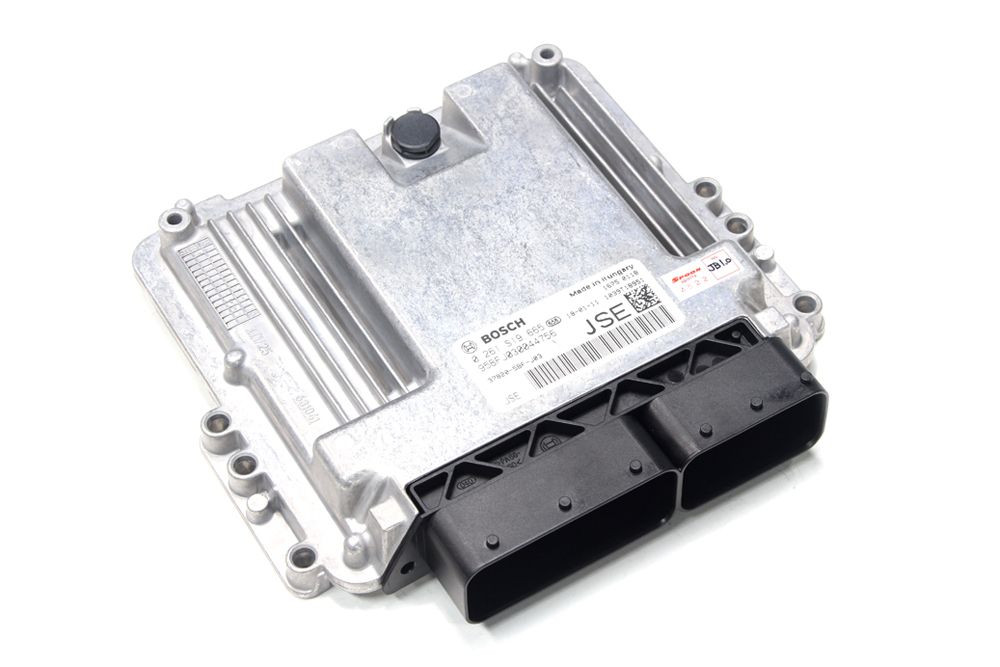
14. **Engine Tuning**Engine tuning, often accomplished through performance chips or ECU remapping, is a popular pathway for truck owners seeking to unlock a “significant performance boost” from their vehicle. The promise of more horsepower, increased torque, and a more responsive driving experience is undoubtedly enticing. By adjusting a myriad of engine parameters such as air-fuel ratios, turbo boost levels, and ignition timing, tuners aim to optimize the engine’s output beyond its factory settings. However, this power often comes at a steep price for the engine’s long-term health and, consequently, the truck’s resale value.
While factory engine programming leaves a margin for performance, it does so for a reason: to ensure durability, compliance with emissions, and reliable operation across a vast range of driving conditions and fuel qualities. When an engine is tuned, these parameters are often pushed to their limits, or even beyond, forcing the engine to function with a higher intensity or capacity than it was originally designed to handle. This relentless stress directly translates to an accelerated rate of wear and tear on critical internal components.
The consequence of such aggressive operation is a significantly strained engine, which is far more susceptible to issues like overheating. Persistent overheating can lead to warped cylinder heads, compromised gaskets, and a host of other expensive internal failures. For a potential buyer, a truck with an aggressively tuned engine is a major red flag, raising concerns about its long-term reliability, the cost of future repairs, and the possibility of having been driven hard. This uncertainty inevitably leads to lower offers and a challenging sales process.
Read more about: Revive Your Dream Ride: 14 Indispensable Insights for First-Time Classic Car Restorers
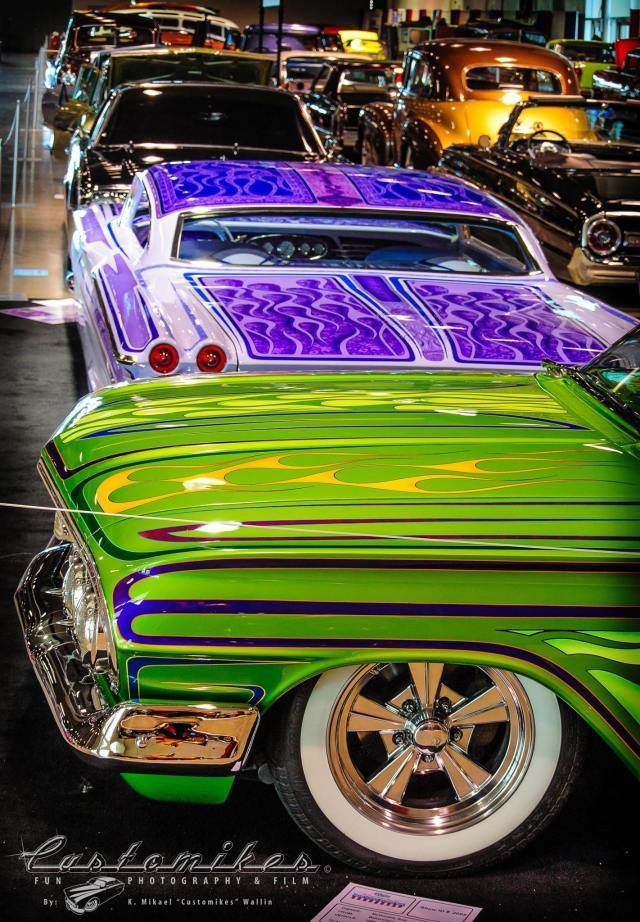
15. **Custom Paint Jobs**When it comes to the exterior presentation of a vehicle, the choice of color and material finish plays an incredibly significant role, perhaps more so than many owners realize. While a custom paint job can be a deeply personal expression and a source of pride for the current owner, opting for a “flashy finish or color choice can significantly destroy your vehicle’s resale value.” This is a critical point that often gets overlooked in the excitement of personalization.
The vast majority of used vehicle buyers prefer neutral, universally appealing colors like silver, black, white, or various shades of grey or blue. These colors have a broad market appeal and are easy for subsequent owners to live with. Conversely, an extravagant or unusual color—think neon green, bright purple, or a highly specialized metallic flake not found in any factory palette—drastically narrows the potential buyer pool. Trying to sell a truck with a highly unique paint job often becomes an “uphill task,” as you’re waiting for that one specific buyer whose taste perfectly aligns with yours.
Adding to the challenge, new painting jobs, particularly those that deviate significantly from the original factory color or quality, are often viewed with skepticism by potential buyers. There’s an inherent concern that a fresh coat of paint might be used to conceal previous body damage, rust, or other significant cosmetic flaws. This wariness, combined with the subjective nature of extravagant color choices, creates a perfect storm for depreciation, making it very difficult for the truck to command the price it deserves in the resale market.
**Making Smart Choices for Your Truck’s Future**
As we’ve explored these 15 common DIY upgrades, it becomes clear that while personalization is tempting, some modifications carry significant hidden costs—not just in installation, but in the long-term impact on your truck’s value. The journey of vehicle ownership is often marked by a desire to make it truly ‘yours,’ but the smart owner balances today’s excitement with tomorrow’s trade-in reality. Whether it’s an overly aggressive stance, a roaring exhaust, or a highly specific paint job, these changes often appeal to a narrow demographic while alienating the broader market of practical buyers.
Read more about: Revive Your Dream Ride: 14 Indispensable Insights for First-Time Classic Car Restorers
The key takeaway is to approach modifications with a critical eye, considering not just what you love now, but what a future owner will appreciate. Prioritize quality, professional installation, and, where possible, choose reversible modifications that allow your truck to return to a more factory-friendly state. Think about the enduring appeal of subtle enhancements that improve functionality or comfort without compromising the vehicle’s integrity or reliability. By making informed decisions and avoiding these common pitfalls, you can enjoy your customized ride today, and ensure it commands the price it deserves when it’s time to move on to your next adventure. Being the smart seller means understanding the market, and recognizing that sometimes, less is indeed more when it comes to maximizing resale value.



